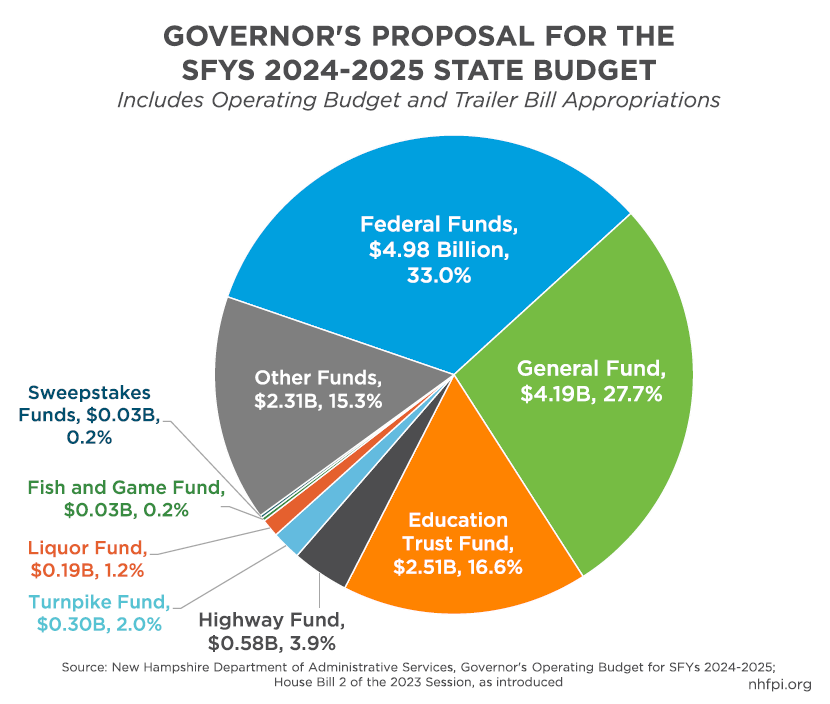India's 2024 budget, presented in February as an interim measure before the upcoming elections, paints a cautiously optimistic picture of the nation's economic trajectory. While it avoids major policy changes, it sets the stage for continued fiscal consolidation and outlines key spending priorities.
Highlights of the Budget:
- Focus on Infrastructure: Capital expenditure sees a notable 11% increase, prioritizing roads, bridges, and other long-term projects to boost growth and create jobs.
- Fiscal Consolidation: The government maintains its commitment to reducing the fiscal deficit to 4.5% by 2025-26, indicating responsible financial management.
- No Major Tax Changes: Income tax slabs and rates remain unchanged, offering stability for individuals and businesses.
- Boosting Social Welfare: Schemes like affordable housing, healthcare initiatives, and rural development receive continued support.
- Focus on Women: Several budget allocations aim to empower women entrepreneurs and improve their access to education and healthcare.
Reactions and Outlook:
The budget has received mixed reactions. Some commend its focus on infrastructure and social welfare, while others criticize the lack of bold reforms and measures to address rising inflation. Overall, the interim budget serves as a bridge to the next government, providing continuity and avoiding major disruptions during the election period.
Key areas to watch in the future:
Impact of global economic slowdown: The budget assumes moderate global growth, but a deeper slowdown could impact India's exports and fiscal targets.
Job creation: While infrastructure spending aims to create jobs, the effectiveness of these programs will be crucial for addressing unemployment concerns.
Rural development: Continued focus on rural infrastructure, agriculture, and education is essential for inclusive growth.
Fiscal consolidation path: Sustaining the deficit reduction trajectory while meeting spending needs will be a challenge.
India's 2024 budget offers a steady course for the near future, but the long-term economic outlook depends on navigating global headwinds, effectively implementing key programs, and addressing crucial challenges like job creation and rural development. The upcoming elections will likely shape the nation's economic agenda for years to come.
Please note: This article is based on publicly available information as of February 1, 2024. As the year progresses, new developments and insights may emerge, necessitating further analysis and updates.

Comments
Post a Comment